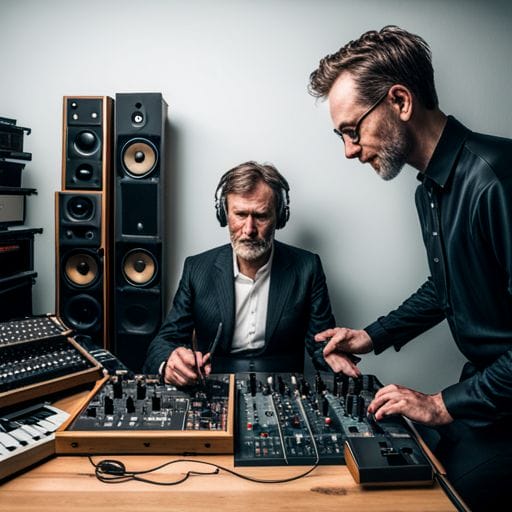5 Weird Mastering Techniques That You Should Try

What specific equipment or software is recommended in ” to successfully implement these strange techniques?
The world of music production is one that thrives on experimentation. As an adventurous music professional, the conventional methods may not always cut it for achieving your creative vision. Are you ready to venture into the unusual? Check out these five weird, yet surprisingly effective, mastering techniques.
1. Parallel Pumping

What it is: Also known as New York Compression, it’s a technique that involves running a heavily compressed version of a song’s mix in parallel with a one that hasn’t been compressed.
Why it’s weird: It’s counterintuitive to conventional mastering wisdom as overcompression is usually considered as a no-no.
Try this method when you want to add a vibrant nuance to your overall sound without losing its dynamic range.
2. The Power of Panning

What it is: Panning is a method that involves shifting a sound signal either to the left or to the right in a stereo field.
Why it’s weird: Using drastic panning, i.e., moving an instrument completely to the left or right, is not normally advisable as it might lead to a disbalanced and odd sounding mix. However, if used creatively, it can bring an unusual 3-D feeling to your mix.
3. Heavy Saturation

What it is: Saturation involves augmenting the harmonics of a track to create a fuller, warmer, and louder sound.
Why it’s weird: Excessively saturating a track is considered abnormal, but strategically done saturation can help in creating a mix that feels cozy and vintage.
4. Reverse Reverb

What it is: This technique involves applying reverb to a reversed version of a sound and then flipping it back, to make the sound seem like it’s coming from a distant source.
Why it’s weird: It’s unusual to have sounds that appear to be coming towards the listener rather than radiating from them. However, this can make for a haunting, unforgettable sonic experience.
5. Using the Haas Effect

What it is: The Haas effect, also called the precedence effect, is a psychoacoustic phenomenon used in stereo production.
Why it’s weird: It involves panning instruments towards one side while delaying its duplicate to the opposite side to create a wider stereo perception in headphones.
This can create a weird spacious sound but might not work as well on speakers. It’s definitely worth the experiment.
Mastering is a craft that thrives on innovation. Remember, the objective is never to adhere to rules blindly, but rather to create art that communicates your unique sonic vision. So, why not try these weird mastering techniques and see how they can enhance your music?
